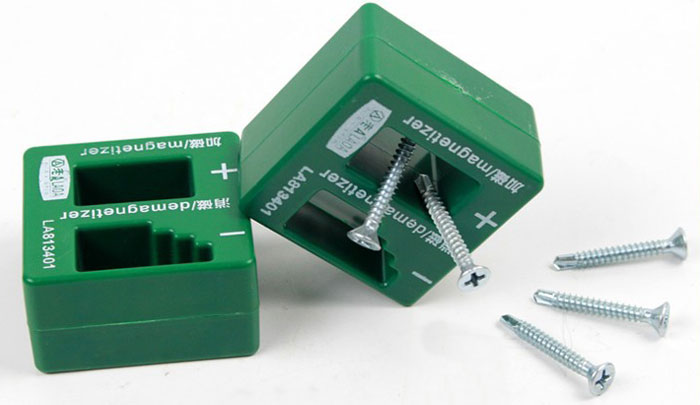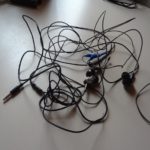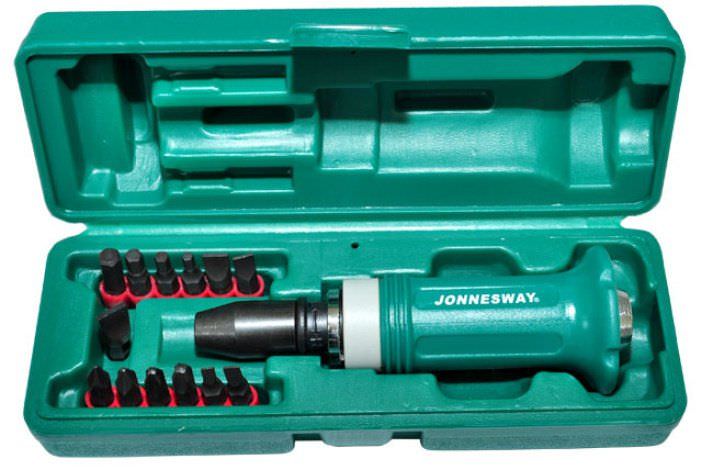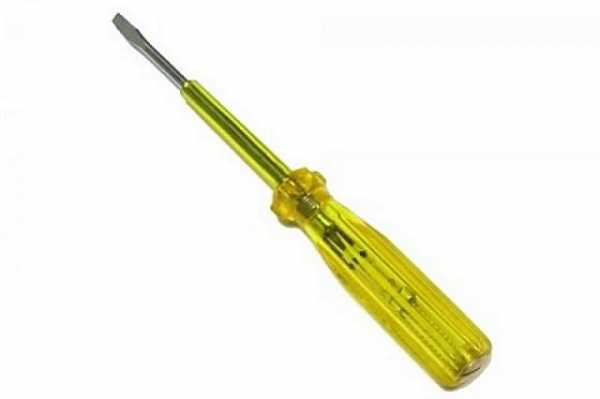How to magnetize a screwdriver
Most likely, it will not be a discovery for any “real man” that when working with screws and other small things, one of their amazing properties appears. This property sometimes borders on magic - they manage to hold on when it is not necessary, but at the right moment, on the contrary, they fall.
It’s not scary if they just fall, because they strive to roll away somewhere and get lost. One, two, three. When the tenth person disappears from sight, the working spirit disappears somewhere, as if a neighbor’s cow came and licked it with its tongue. And screwdrivers with magnetized tips help avoid this. Moreover, it is not necessary to rush to the store in search of just such a model; it is quite possible to magnetize any screwdriver that is available on the farm.
There are two ways to magnetize a screwdriver:
- Using a special magnetizer device.
- Using an electrical outlet and a homemade coil.
The content of the article
Magnetizer for screwdriver
The magnetic properties of the tool make life much easier. There is confidence that not a single screw, even the smallest one, will fall out or get lost. In any case, it will remain at the tip of the tool.
But there are also situations when this turns into a “disservice”. If you work with electronics, a magnetized tool can have a negative impact. This led to the invention of the so-called magnetizer.
The operating principle of this device is very simple, but nevertheless very effective. It allows you to quickly endow any screwdriver with the properties of a magnet, and, if necessary, get rid of this effect. The device, which is very simple in design and principle of operation, allows you to magnetize the tip:
- screwdriver;
- scissors;
- self-tapping screws;
- screws;
- screws
Essentially, any metal object can be given magnetic properties. Due to the fact that the device does not require the use of an electrical network or additional charging, it can be used in any conditions. The compact size also contributes to this to a large extent. In this case, you do not need to have any special knowledge or skills.
The body of the structure consists of polymer. Two magnets are placed inside. Two holes on the body allow you to impart magnetic properties or, conversely, demagnetize. In order not to confuse which one is intended for what, all holes have corresponding markings.
If you place a screwdriver or other metal object inside the corresponding hole, it will be magnetized. If these magnetic properties are no longer needed, the object is placed in another hole. If, apart from screwdriver bits, nothing else needs to be magnetized, then you need to purchase a device that has small slots. This is why the cost changes.
In addition, a small hole affects the proximity of the magnets, and, accordingly, the strength of their influence. The reverse is also true: a larger tool or fastener will require a device with larger holes.
In fact, the entire device is a small piece of plastic with two holes, and sometimes with one or two magnets.Small size, light weight - all this allows the device to be used not only in the workshop, but also to be easily transported. The cost of the product is low, usually no more than six hundred rubles, but some models cost much more.
Magnetizing a screwdriver with your own efforts
If the need for the magnetic properties of a tool does not arise very often, then there is little point in purchasing a special tool. Spending money just to have it is not practical. So how can you make a tool magnetic if the corresponding device is not at hand?
A powerful magnet can correct the situation - just run it over the surface of the object several times, starting from the middle part and ending. The main thing is to try not to touch areas close to the handle of the tool. If in practice you often need to keep an instrument with magnetic properties at hand, it is enough to attach a magnet to it and store it that way.
Attention! It should be noted that using a very strong magnet will not only not improve the situation, but may also cause harm. No, not the screwdriver itself, but the devices with which the work will be carried out. Breakdowns and interference are possible, and this has negative consequences, especially when it comes to electronics.

It’s a fact of life that it doesn’t always happen that the required screwdriver is available, and certainly not a magnetizer. This is where you can and should remember the school physics course, because the simplest magnet, powered by electricity, can be assembled with your own hands. Having such a device, you can impart magnetic properties to any steel object.
The easiest way is to wrap paper around an object, for example, on the same screwdriver, on top of which place a hundred or two turns of varnished copper wire.You will get the simplest coil if you apply an electric charge to it. Any rechargeable battery or cell phone charger is suitable for this. This will create a magnetic field. If there are more turns, then a more powerful magnet can be built, or the magnetism can be returned to the old factory magnet.
To create a magnetic field, you can also use a regular electrical network. Only in this case, you need to add a fuse with a small rating to the homemade coil. However, it can be replaced with thin wire. Its thickness should be in the range from 0.1 to 0.15 millimeters.
After applying current, the fuse will be burned (it would be a good idea to cover the fuse or whatever is replacing it with paper); in any case, there will be enough time to magnetize the surface of the object placed inside the coil under the influence of a powerful magnetic field.
Attention! Doing such experiments at home is only possible if you are fully aware of the likely consequences and have the appropriate experience and skills.
A simpler and safer solution is to buy a special device that is easy to keep at home or at work and, if necessary, use it. It should be remembered that a tool with strong magnetic properties is dangerous for electronic equipment.






enchanting.